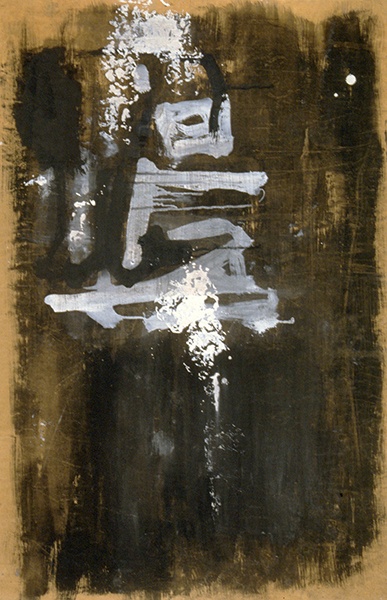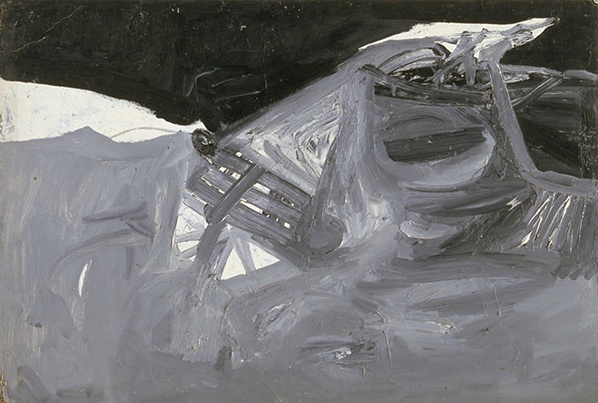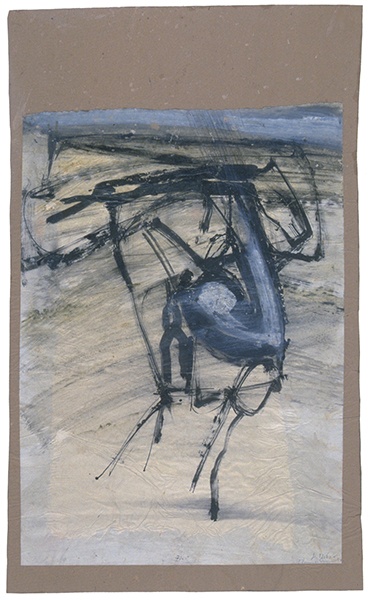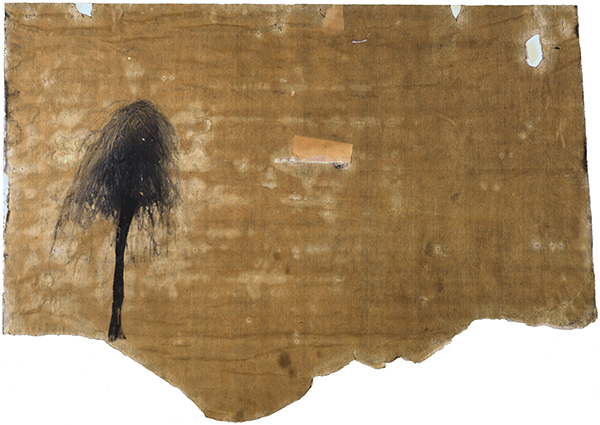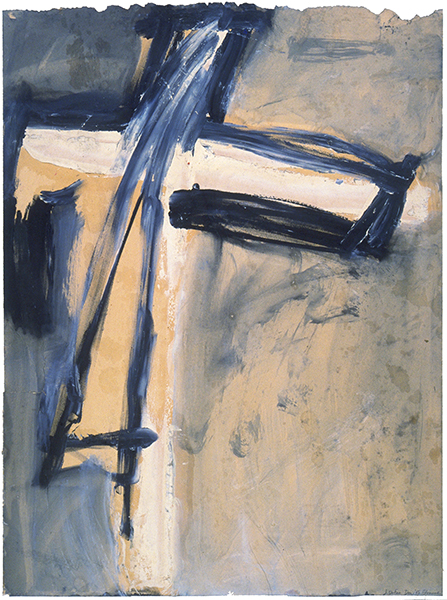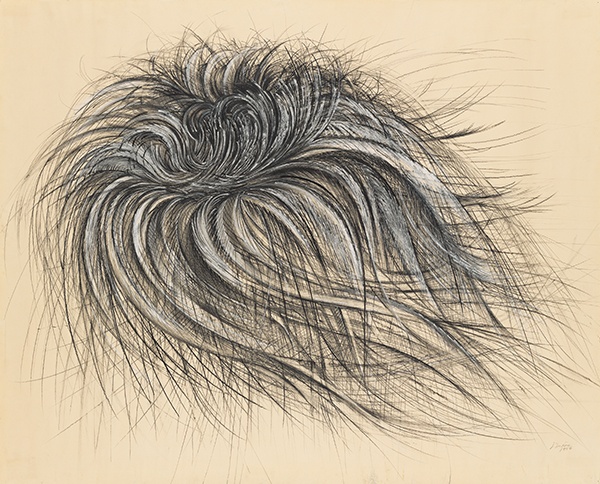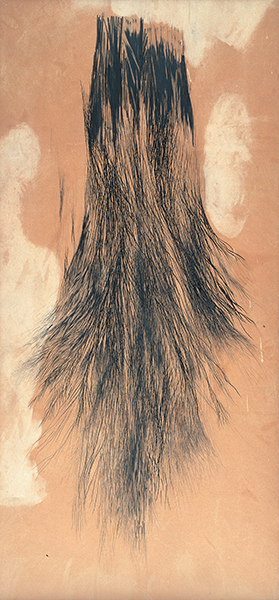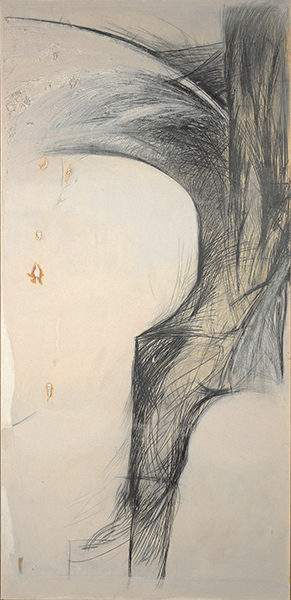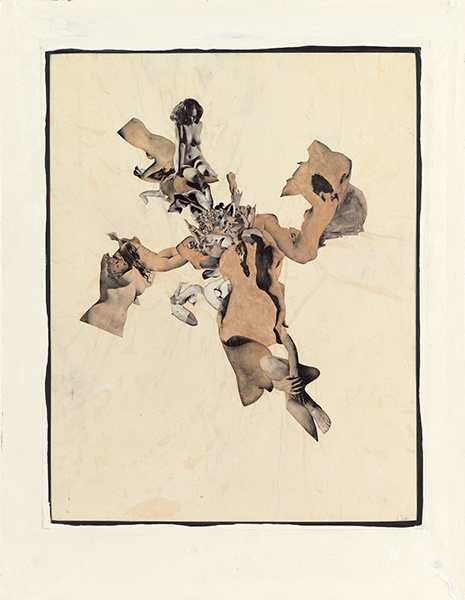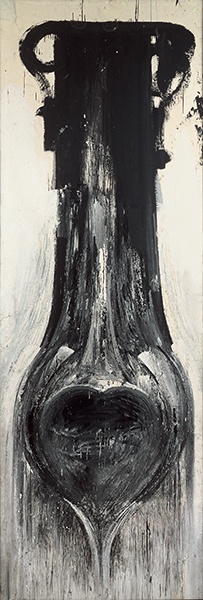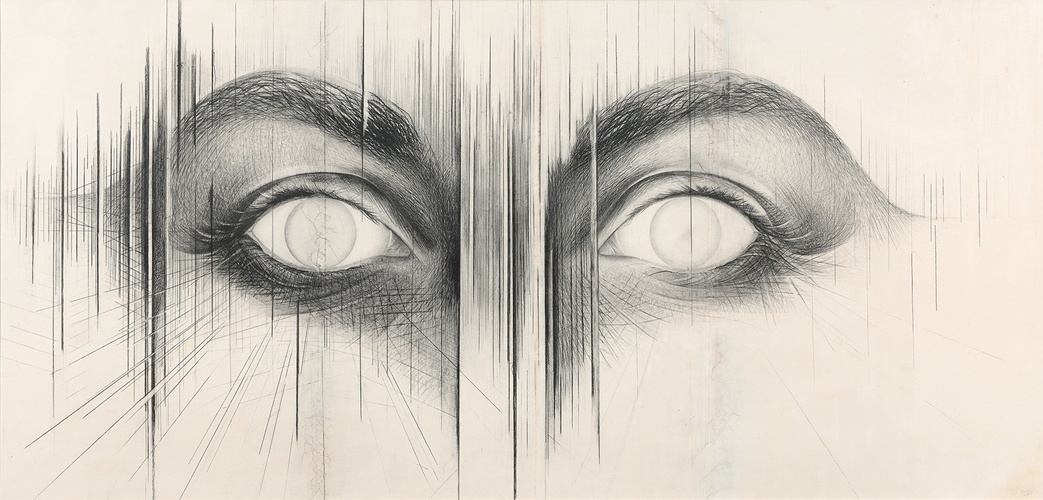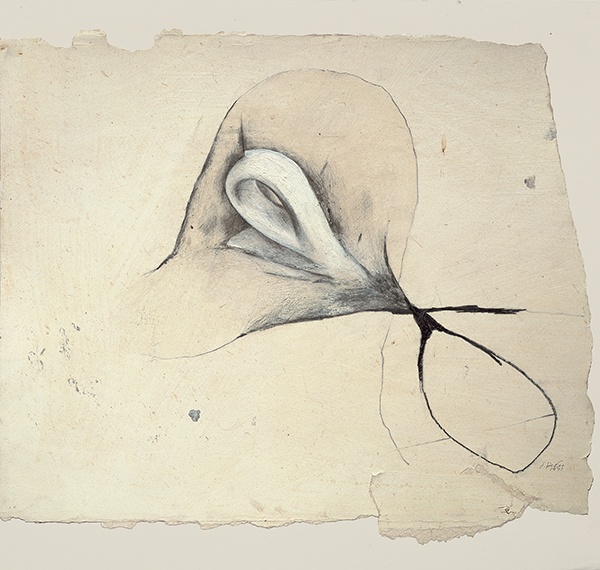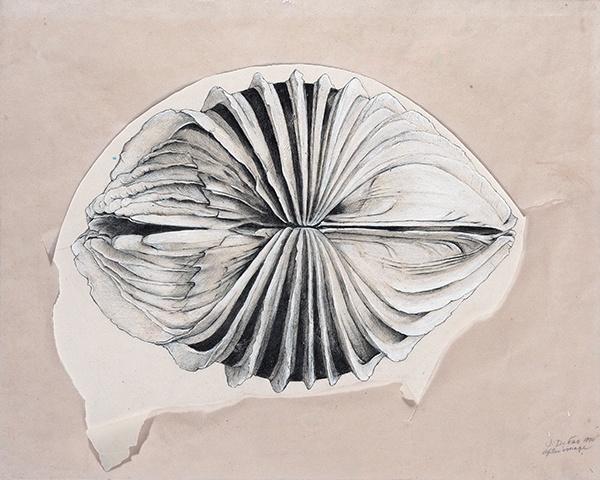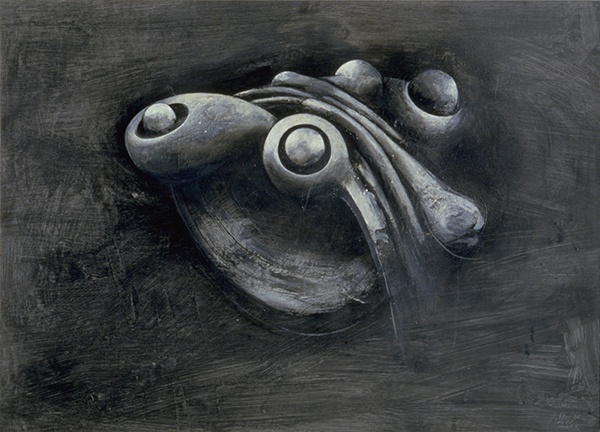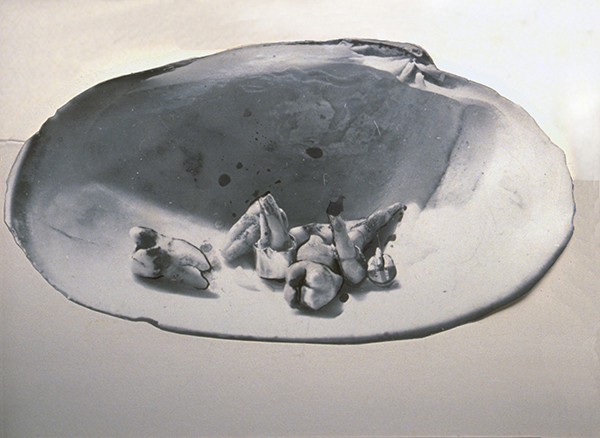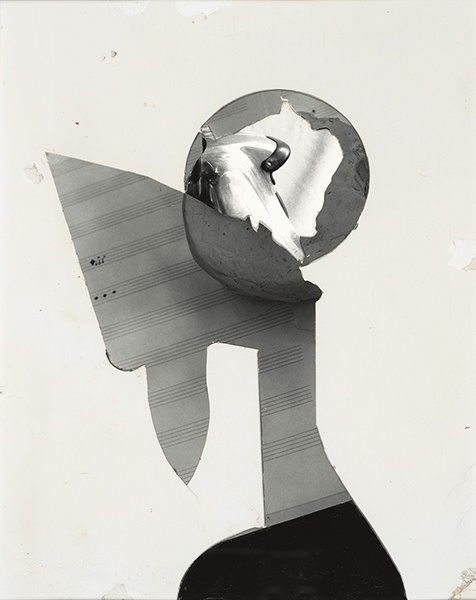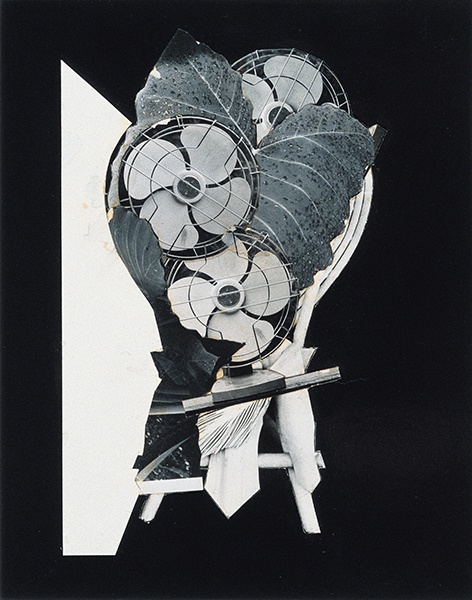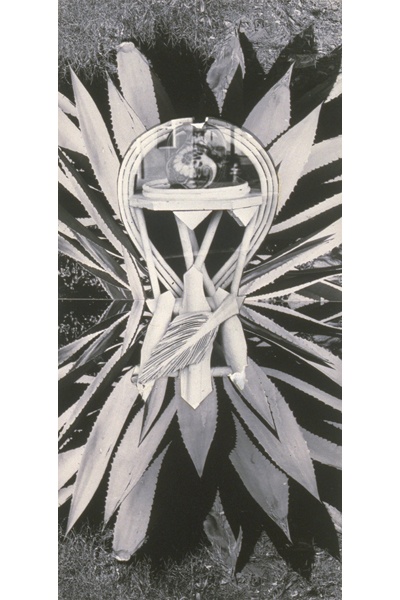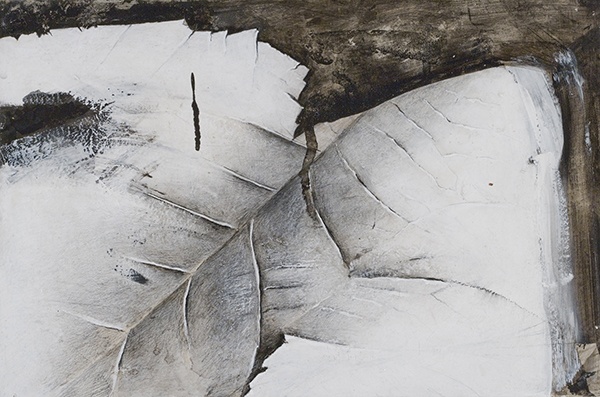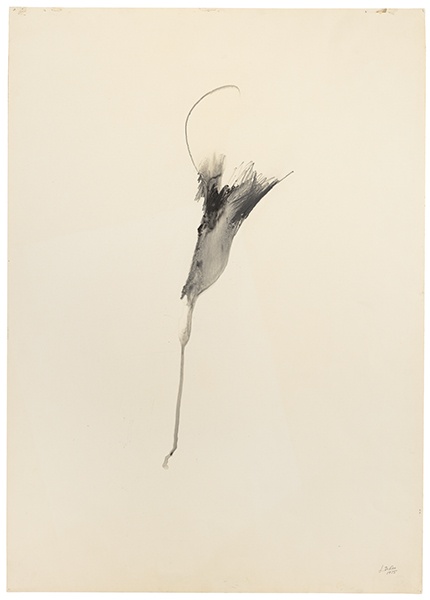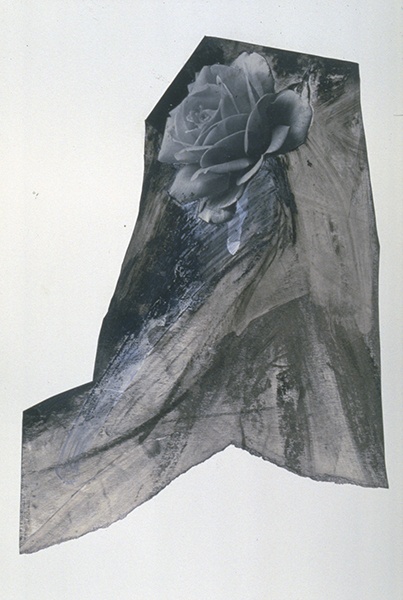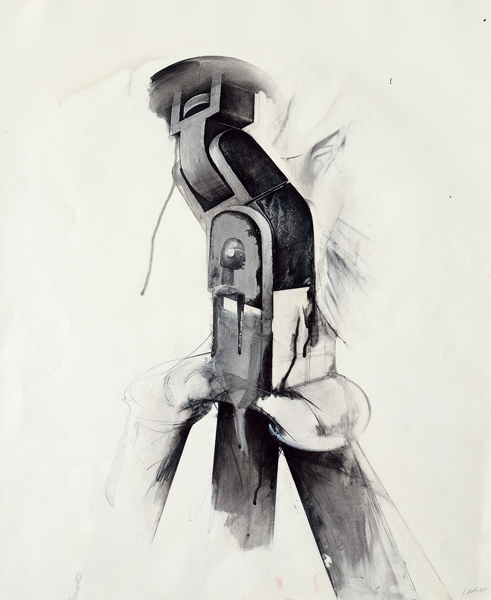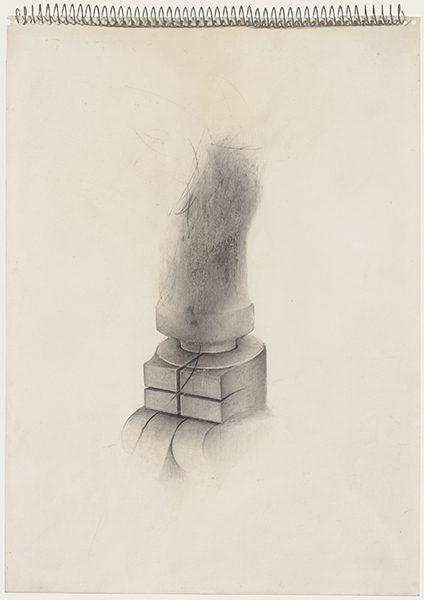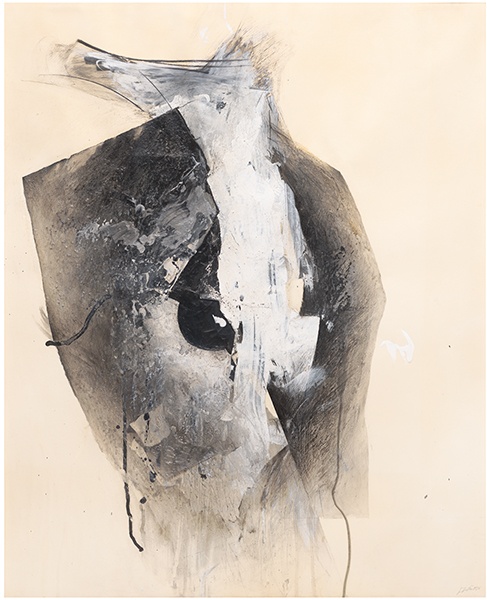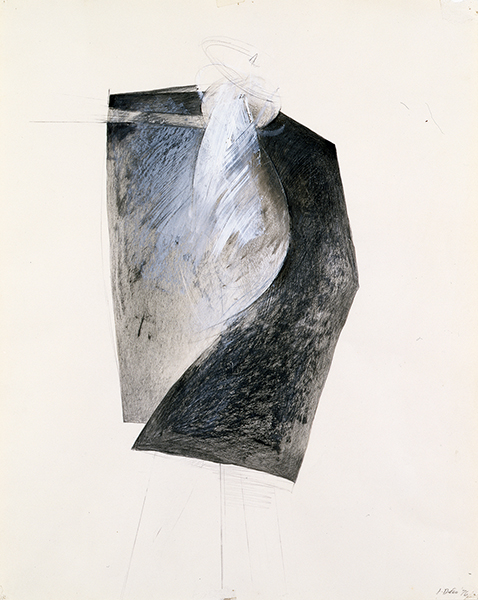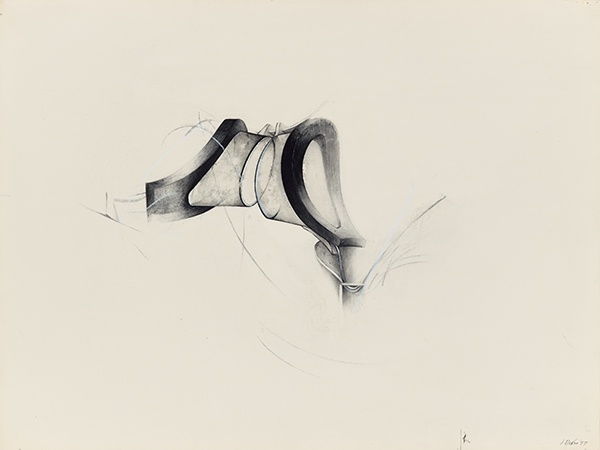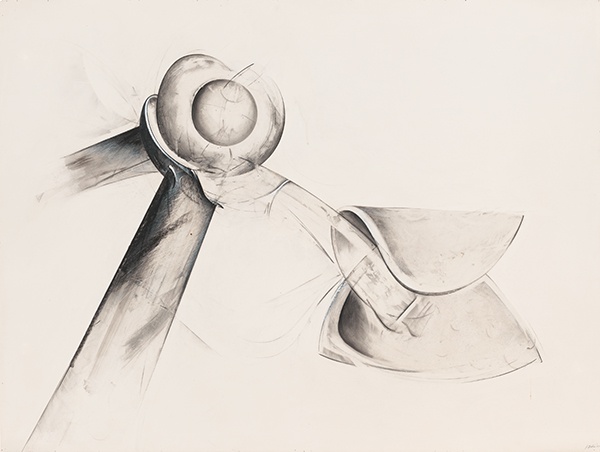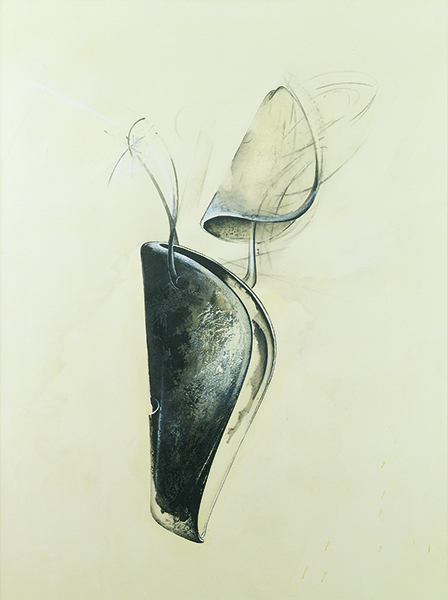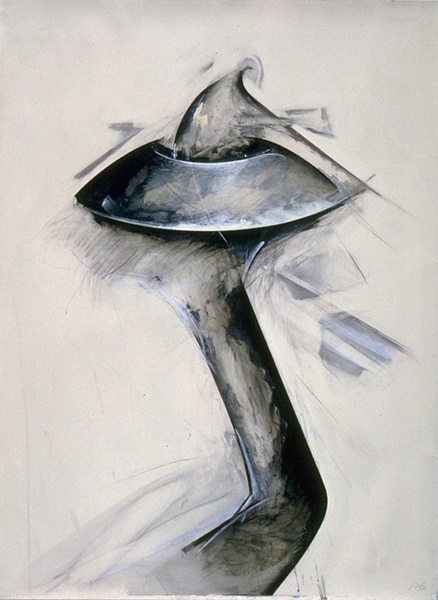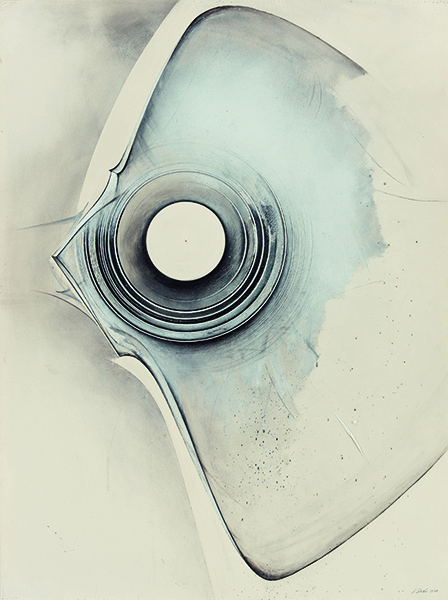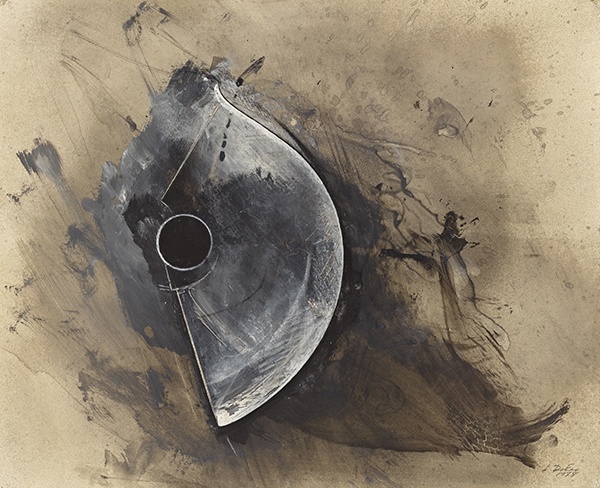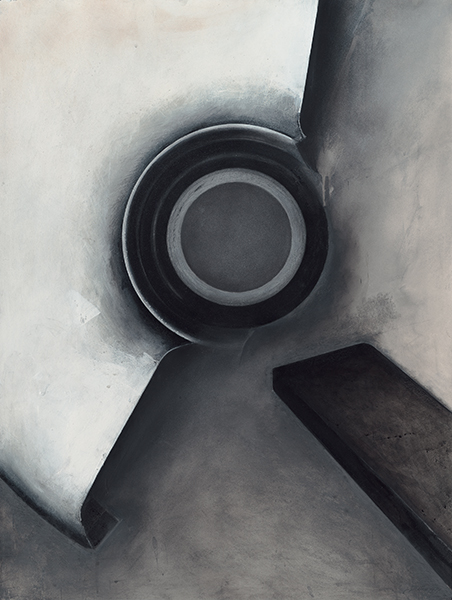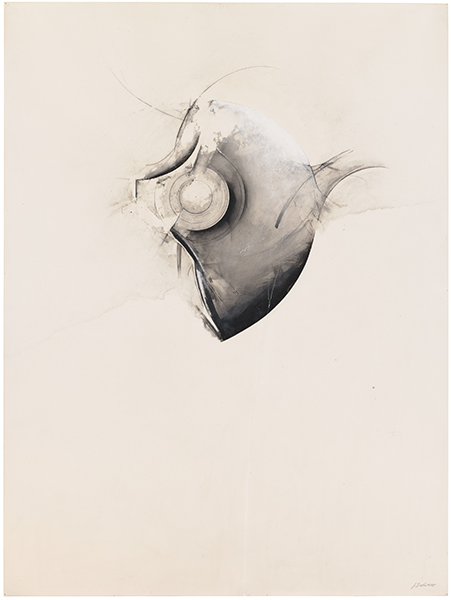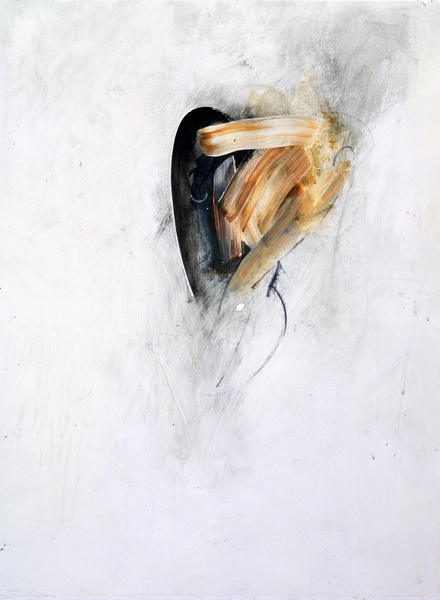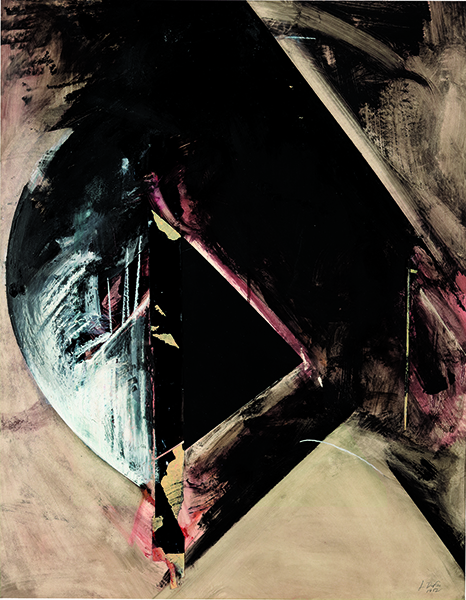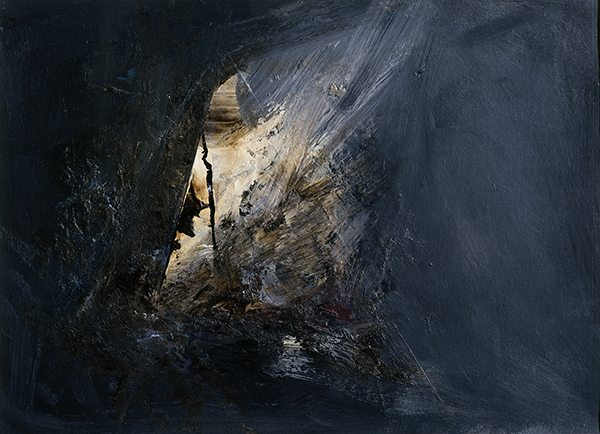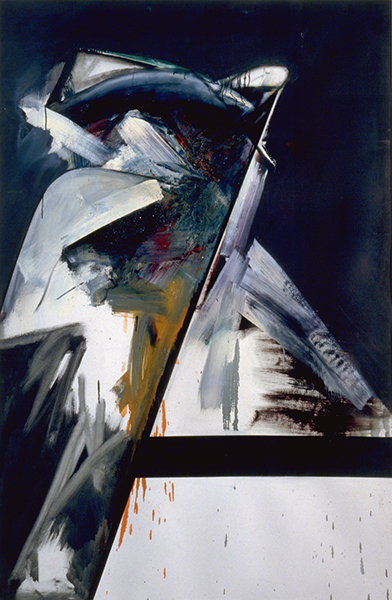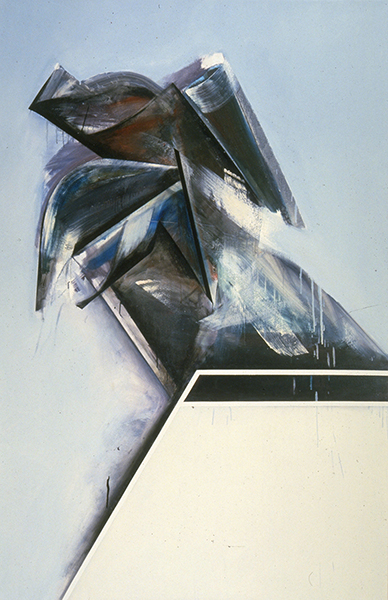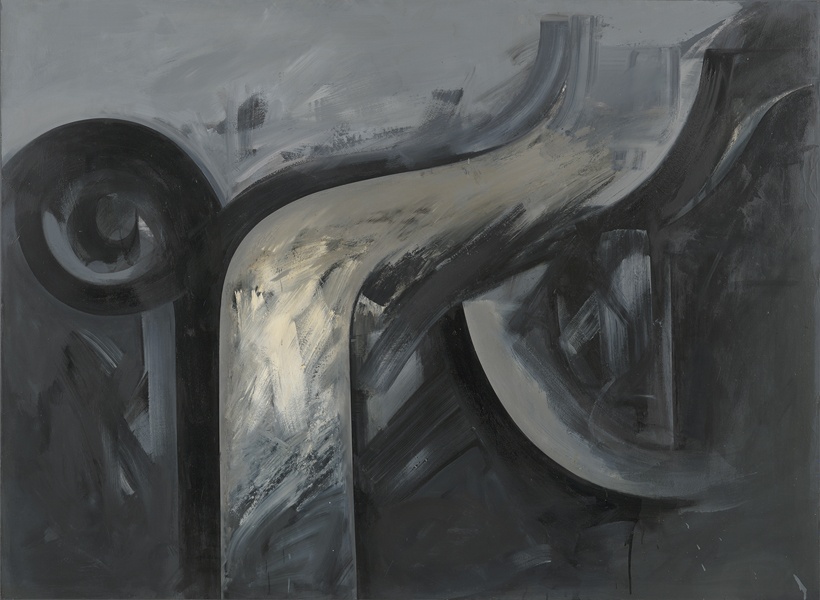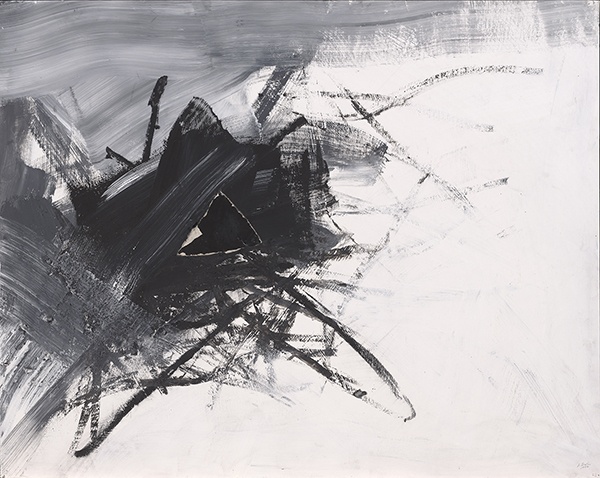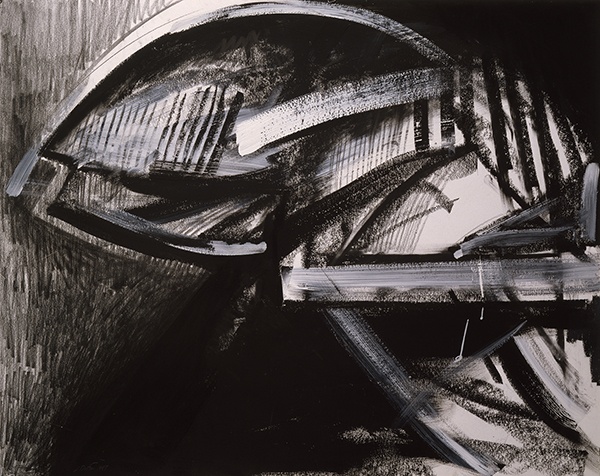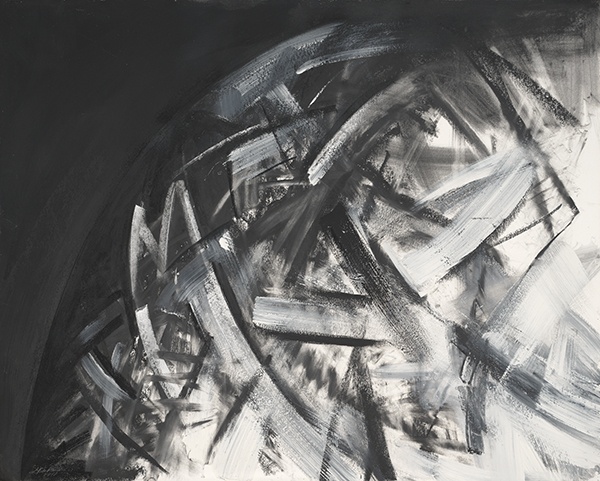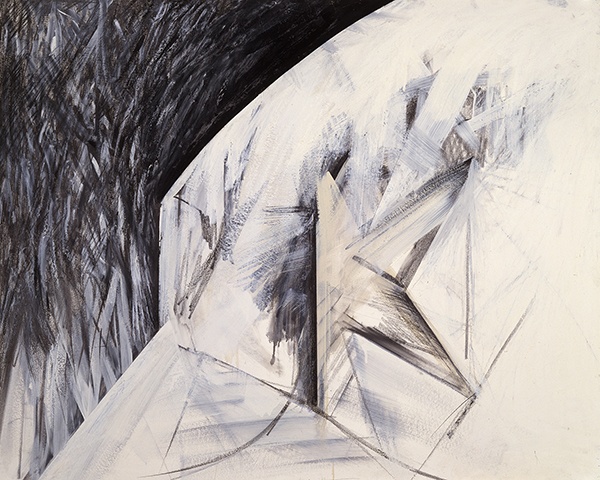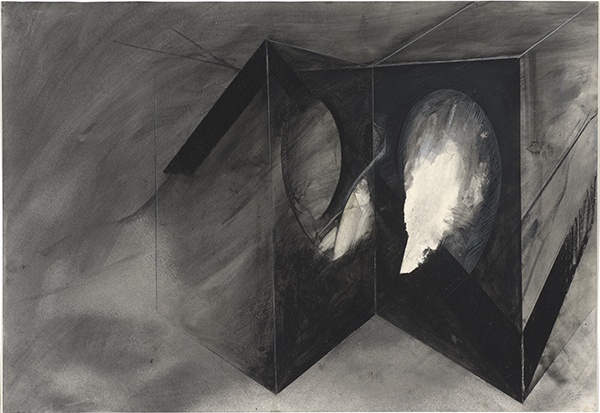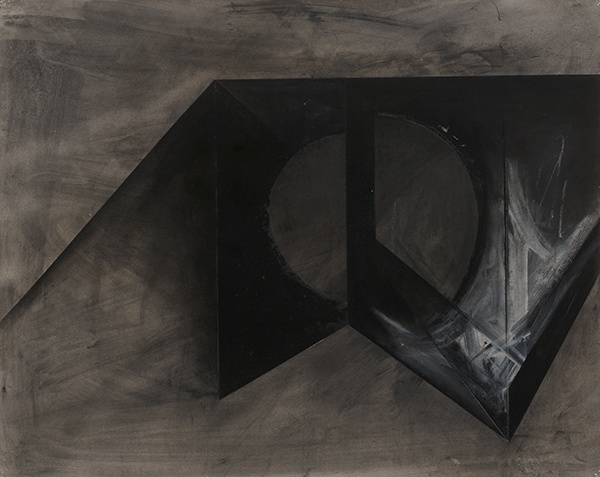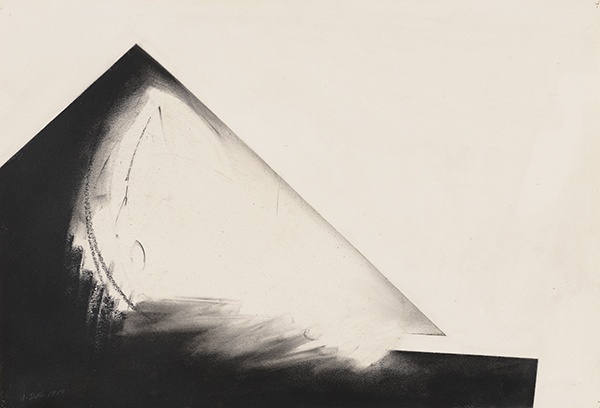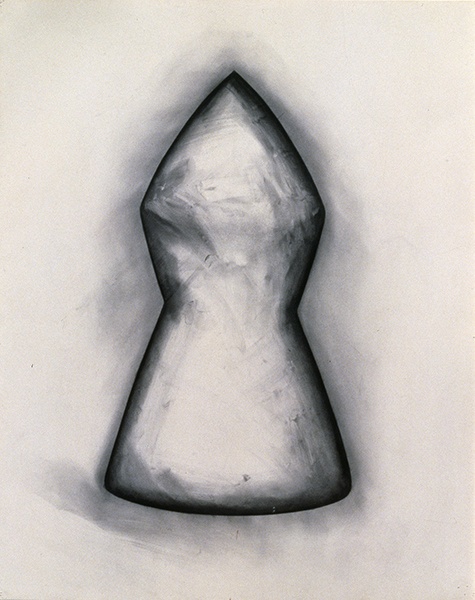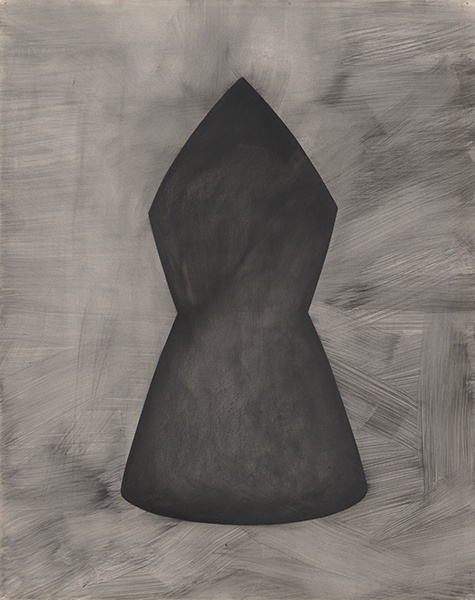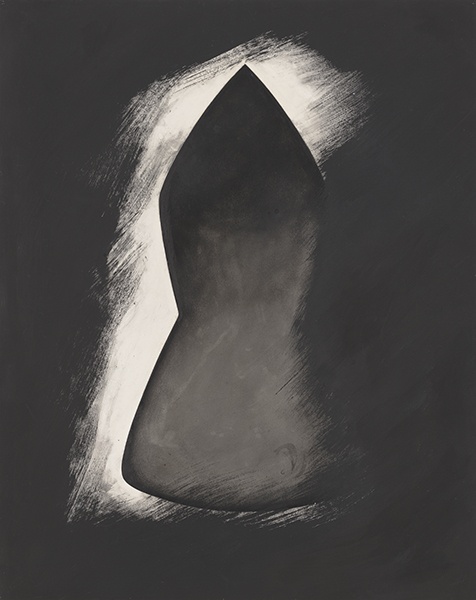Jay DeFeo: Works on Paper
University Art Museum
The Menil Collection
Laguna Art Museum
Fresno Art Museum
Krannert Art Museum
Selected artworks in the exhibition
Exhibition catalogue
Edited by Sidra Stich, with contributions by Brigid Doherty, Michael McClure, and Sidra Stich.
Includes biographical essay and exhibition checklist.
© 1989 The Regents of the University of California
From the essay by Brigid Doherty:
While still an art student at Berkeley, Jay DeFeo rejected what she calls the “hierarchy of media”—the fixing of boundaries between painting, sculpture, drawing, and photography. Questioning the primacy of painting, she combines a commitment to craft with a rejection of conventional notions about the value and use of materials. She demonstrates exceptional technical virtuosity in the consistently meticulous and occasionally obsessive cultivation of surfaces in her drawings and paintings, but her preciseness never aims at reifying pure or ideal form. Instead, DeFeo offers images of multiplicity and instability—visions of forms in the process of becoming, or, perhaps, in the process of disintegrating. Her imagery, which persistently evokes associations while defying definitions, occupies an area between suggestion and symbolism. It does not operate strictly as visual play, yet still stops short of readable representation.
In her work on paper, DeFeo has attempted to efface distinctions between drawing and painting. DeFeo’s drawings fully incorporate material that might otherwise have been marshaled for the production of a painting. Although she exploits the potential for spontaneity that drawing offers, she may spend as long as a month working on a small composition. In creating a single drawing, DeFeo often employs a variety of media, mixing paint, pastel, graphite, charcoal, and collage. She expands the possibilities for working on paper by altering a paper’s surface, carefully preparing it to withstand the aggressive application and reworking of several media. Despite the accumulation of material, the drawings retain a sense of immediacy: the complex layering of media and imagery never appears ponderous or mannered. Equivocally suggesting the several processes of their making, the drawings avoid both effusive expressionism and fastidious formalism They do not objectify the traces of the artist’s hand as signifiers of personal or universal psychologies, nor do they establish making and material as formalized meaning. Indeed, the drawings enforce indeterminacy: the visibility of process—evidence of brushing, drawing, tearing, superimposing, erasing—describes both production and destruction.

